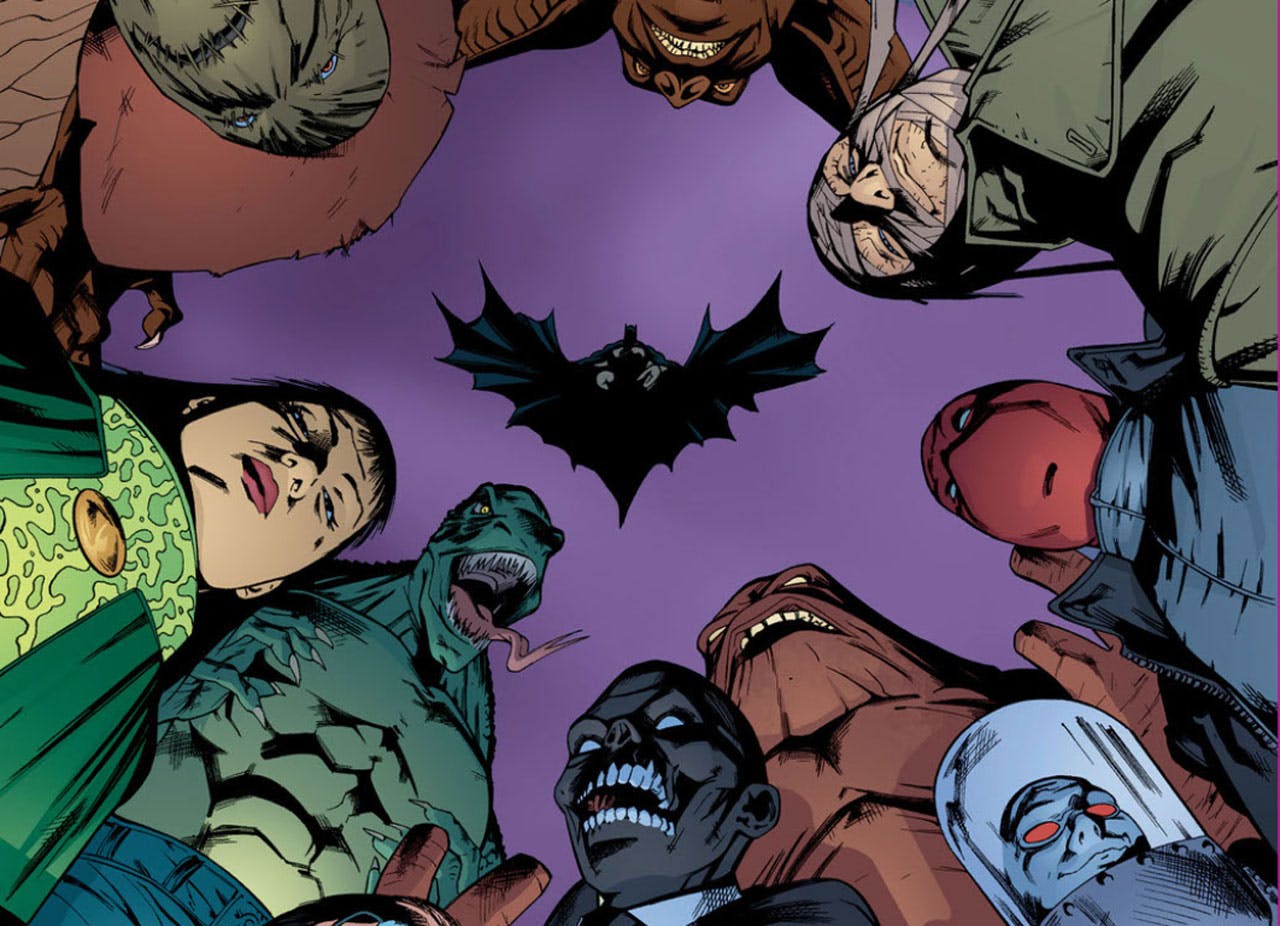

Originally created by artist Bob Kane and writer Bill Finger, countless others have kept his character alive in comics, video games, films and television. Why is Batman still relevant? What are the qualities that make him so timeless? How has he thrived while so many other pop-culture phenomena faded away?įor an orphan, Batman has many adoptive parents. In the 75 years since that first issue, comic’s greatest detective has become one of the world’s most popular superheroes.

Little did they know, the orphan would outlive his creators, fueling a multi-billion-dollar franchise and inspiring generations of Bat-fans. Batman had no superpowers, no alien origins and no foster parents who inspired him to use powers for good.įrom the beginning, readers loved the pulpy adventures of Gotham City’s masked crimefighter - socialite by day, dark avenger by night. In many ways, the shadow Batman emerged from belonged to the enormously powerful Superman. Meanwhile, in the comic books, it was the dawn of the Superhero age. The economy had not yet recovered from the Great Depression, and Hitler was amassing power in Germany.

“Criminals are a cowardly and superstitious lot,” he famously declared, as he vowed to “strike terror in their hearts.” Alone and orphaned, with tears streaming down his pink face, he resolved to spend his life fighting violent crime. As a boy, the story goes, Bruce Wayne watched a criminal gun down his parents in a street robbery. Six months later, when Batman’s creators realized they had a hit on their hands, they revealed his traumatic childhood. That was in 1939, in the pages of Detective Comics No. When the Bat-Man first appeared, he did so from the shadows, clad in a vampiric cowl with slits for eyes, long, sharp ears and a cape with bat-like wings.


 0 kommentar(er)
0 kommentar(er)
